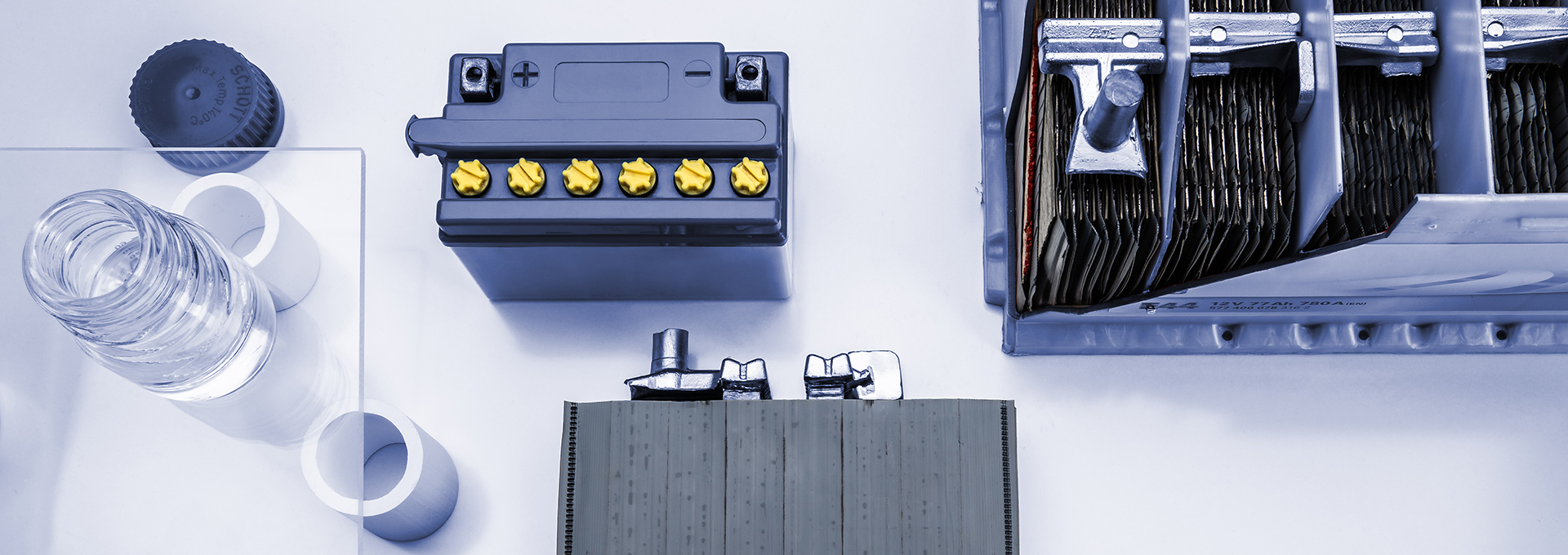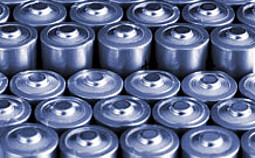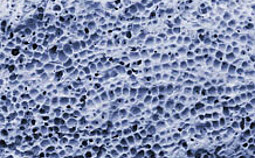Lead-acid battery maintenance and manufacturing
When producing, maintaining, and servicing lead-acid batteries, it is critical to measure the concentration of sulfuric acid in the battery and therefore the state of charge. Measuring the concentration using traditional methods such as hydrometers has a number of drawbacks. Using a digital hydrometer is quicker, more accurate, and more efficient.
Lead-acid battery maintenance and service
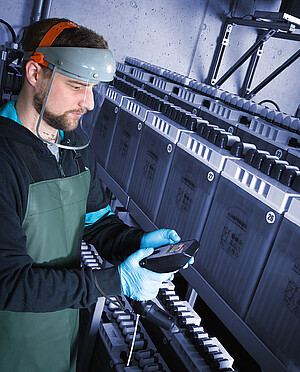
To maintain a lead-acid battery in good condition over its entire life cycle, it is important to check the state of charge and overall health of the battery. Regular density checks with a hydrometer or digital hydrometer are a reliable way to monitor the state of charge and identify weak batteries.
Using a portable digital hydrometer (density meter) has a number of advantages over conventional hydrometers. A density meter:
- Measures the density and temperature of the electrolyte solution in less than a minute
- Is very accurate (0,5 % w/w H2SO4, density 0.001 g/cm³)
- Automatically displays the specific gravity (or density) result, compensated to 20 °C, or the concentration of H2SO4 in %w/w
- Stores results for later printout or export to a PC via Bluetooth
- Identifies sampling points automatically using RFID tags
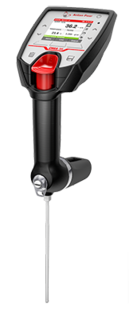
Test a digital density meter for 2 weeks with no obligations to buy.
Learn more
Lead-acid battery manufacturing
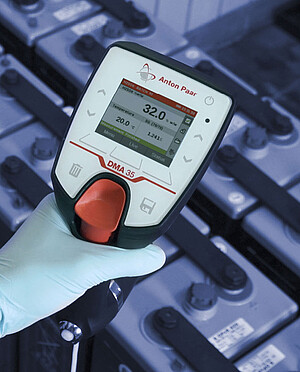
During lead-acid battery production, the sulfuric acid concentration needs to be measured at several different steps, i.e. during dilution of the H2SO4, during formation of the plates and after charging, at the end of filling and loading, and at the end of storage before shipment. Modern alternatives to conventional hydrometers are a digital hydrometer which is used at the production line or a digital density meter used in the lab.
A digital hydrometer for use at the production line determines density and calculates concentration and converts it into specific gravity (SG). This portable density meter:
- Determines the concentration of the electrolyte solution in less than two minutes
- Covers the whole concentration range of sulfuric acid required in the production process
- Automatically displays the specific gravity (or density) result, compensated to 20 °C, or the concentration of H2SO4 in %w/w
- Only needs 2 mL sample
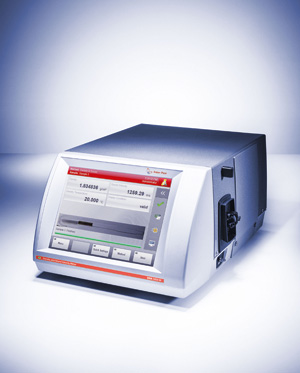
A digital density meter in the lab provides more accurate results and:
- Automatically displays the specific gravity (or density) result, compensated to 20 °C, or the concentration of H2SO4 in %w/w
- Covers the whole concentration range of sulfuric acid necessary in the production process
- Is very accurate
- Only needs 1 mL sample
See product details

3-year warranty
- Effective January 1, 2020, all new Anton Paar instruments* include repair for 3 years.
- Customers avoid unforeseen costs and can always rely on their instrument.
- Alongside the warranty there is a wide range of additional services and maintenance options available.
* Due to the technology they use, some instruments require maintenance according to a maintenance schedule. Complying with the maintenance schedule is a prerequisite for the 3-year warranty.
Lithium-ion battery production
To support you in achieving the highest quality of lithium-ion batteries, Anton Paar delivers solutions for characterizing active materials in battery materials research, checking the raw materials, verifying the quality of electrolytes and solvents before use, and much more.
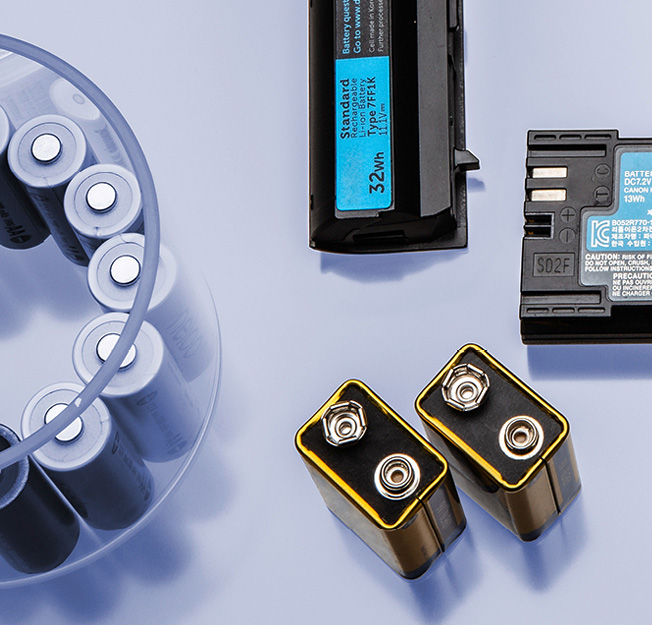
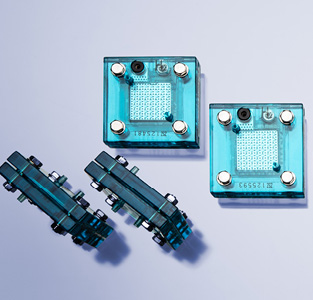
Hydrogen fuel cell production and research
To achieve the best fuel cell performance you need to understand the physicochemical properties of your active components and engineer them to your advantage. Anton Paar has the technology you need to optimize each component.
The drawbacks of hydrometers
Hydrometers and aerometers have been used for decades for measuring the specific gravity of electrolyte solutions. Their light weight and low price make them popular but they have a number of disadvantages. Digital density meters – also known as digital hydrometers – have a number of benefits.
Table 1: Comparison of hydrometers/aerometers and digital hydrometers
| Battery electrolyte / sulfuric acid measurement | |||
| Battery hydrometer | Hydrometer / aerometer | Digital density meter (digital hydrometer) |
|
| Principle | Archimedes’ principle | Archimedes’ principle Calibrated weight floating (bulb) |
Density measurement with oscillating U-tube |
| Accuracy | Very low | Low | High |
| Reading | Optical reading | Optical reading | Digital display |
| Robustness | Breaks easily (glass) | Breaks easily (glass) | Robust plastic housing, resistant to acids (including measuring cell) Replaceable measuring cell |
| Price | Very low | Relatively low | Relatively high |
| Sample volume | Low | Relatively high | Low (2 mL to 3.5 mL) |
| Time required for measurement | Quick reading, only estimation of result | Quick reading but requires manual conversion for temperature of values using tables | Approx. 1 min including automatic conversion by the device |
| Buy DMA 35 Ampere | |||
Discover the technology behind the solutions
Read more about how Anton Paar’s technology is used for production monitoring during battery production and in the maintenance and service of lead-acid batteries installed at solar power plants, wind turbines, off-grid energy storage, and other industrial plants.

Optimizing Sulfuric Acid Production with H2SO4 Process Concentration Measurement
Relevant for:
- Automobiles
- Energy storage for renewable energy
- Storage of electricity
- Safety and security systems with stand-alone energy operation
- Transformer stations, power plants, or hospitals which require a backup power system for emergency situations
- Forklifts
- Maintenance of UPS – uninterruptable power supply

Test a digital density meter for 2 weeks with no obligations to buy.
Learn more
